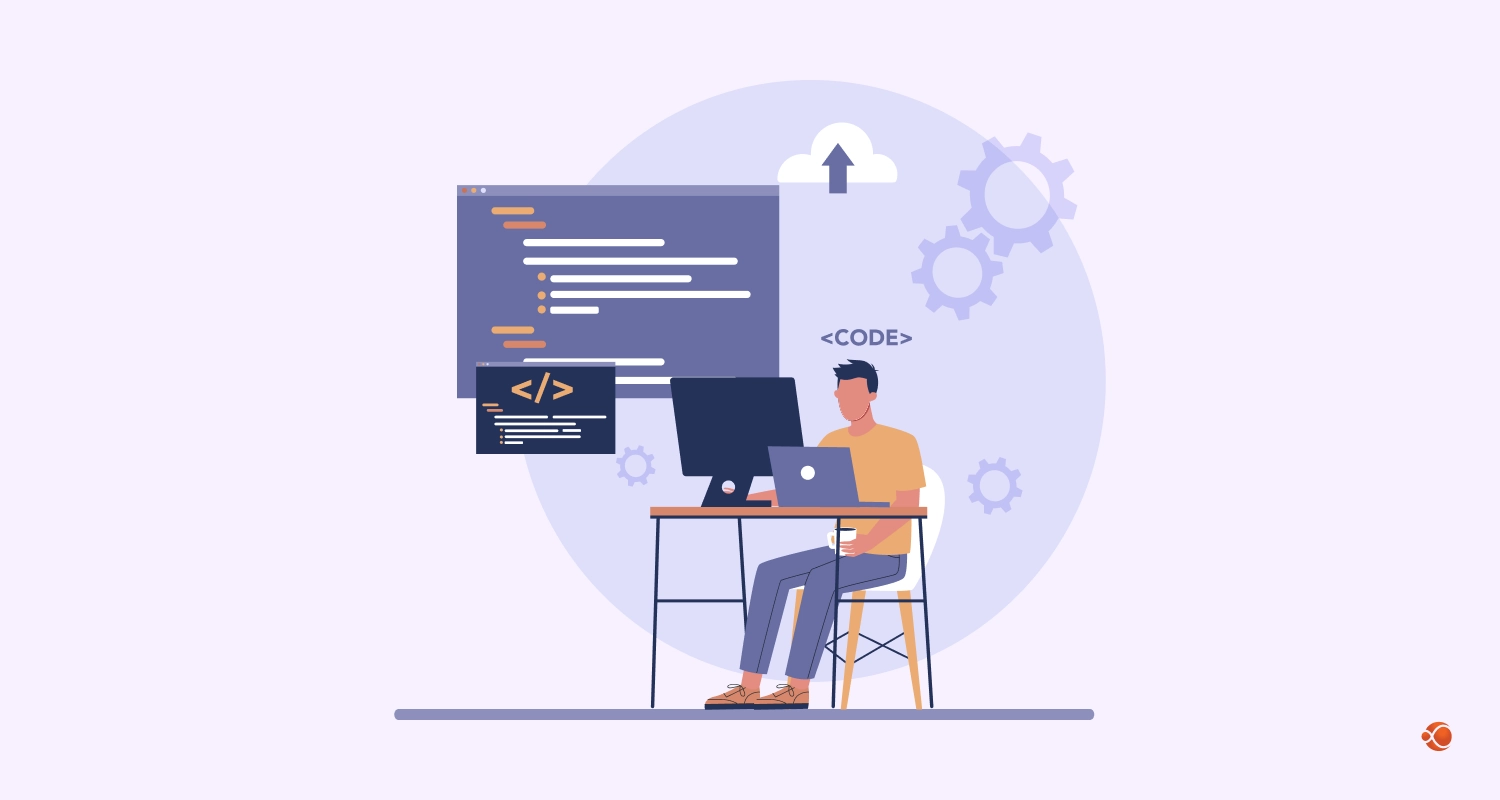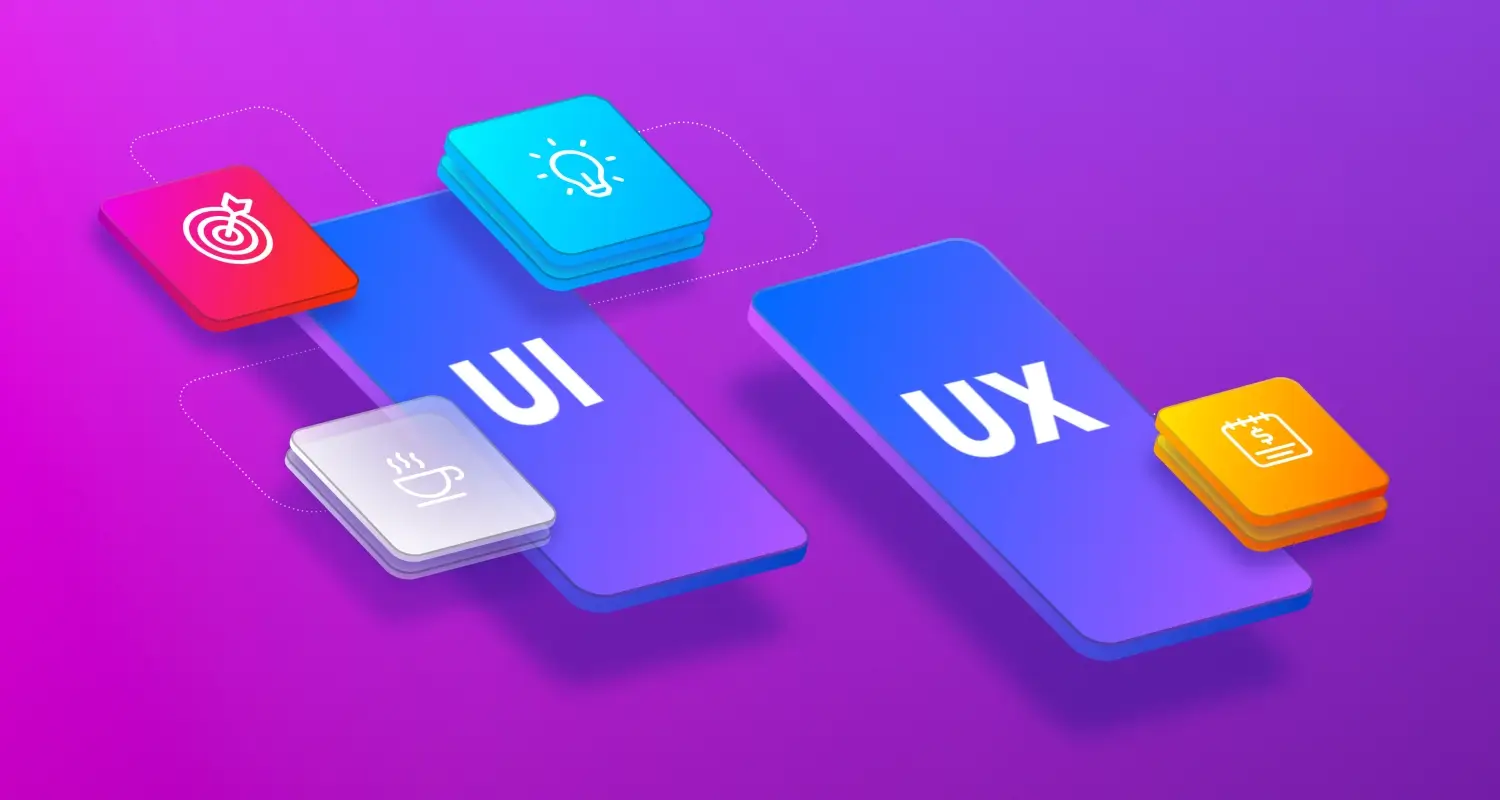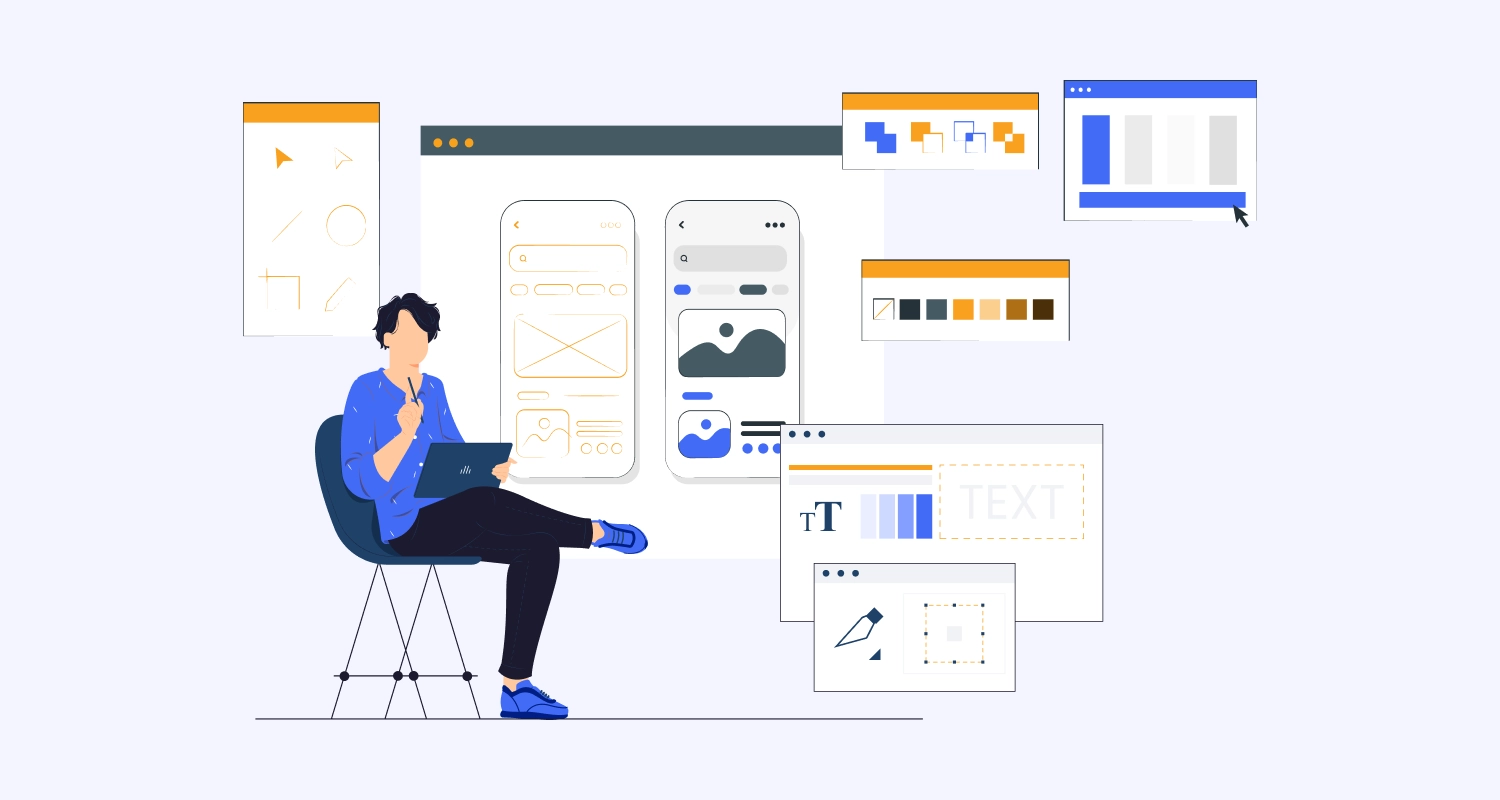Material Design is a design language developed by Google. Initially conveyed in a Google+ application redesign in 2014, Material Design utilizes a paper representation with guidelines for the design, location, movement, transformation, transition and animation of objects on the screen. There are guidelines for displaying date, time, navigation elements, error messages as well as how to load images, scroll and swipe.
Material designs have diverse standard based on the specific context. A material analogy is the binding together hypothesis of an excused space and an arrangement of movement. The material is grounded in material reality, enlivened by the study of paper and ink, yet technologically advanced and open to imagination and magic.
Material Is The Metaphor
Surfaces and edges of the material provide visual cues that are grounded in reality. The use of familiar tactile attributes helps users quickly understand characteristics. Yet the flexibility of the material creates immense value that correlates the physical world without breaking the rules of physics.
The fundamentals of light, surface, and movement are key to conveying how objects move, interact, and exist in space and in connection with one another. Realistic lighting shows seams, partitions space, and demonstrates moving parts.
Intense Representation and Purposeful
The foundational components of a print-based outline like typography, lattices, space, scale, shading, and utilization of symbolism-aide visual presentations. These components do significantly more than satisfy the eye. They make pecking order, importance, and core interest. Purposeful shading decisions, edge-to-edge symbolism, extensive scale typography, and deliberate white space make an intense and realistic interface that drenches the client in the experience.
An accentuation on client activities makes center usefulness promptly evident and gives waypoints to the client.
Motion Provides Meaning
The movement regards and fortifies the client as the prime mover. Essential client activities are identified with a specific movement, providing a visual focus and a defined outline. All moves take place in a solitary domain. Items are displayed to the client without breaking the coherence of experience even as they change and revamp. Motion is meaningful and appropriate, serving to focus attention and maintain continuity. Feedback is subtle yet clear. Transitions are efficient yet coherent.
What Is The Material?
A material outline relies on three sections:
3D World: Material outline environment thoroughly relies upon a 3D world. Every target has x, y and z measurements. The z-pivot intermittently relies upon a plane of presentation and straightforwardly reaches out to towards the viewer.
Lights and shadow: In Material outline environment virtual lights wipe out the shadow. Key lights make directional shadow while encompassing light makes delicate shadows for an item.
Material has some unchanging attributes and innate behavior. According to that, they are separated into three properties.
Physical
- In this property heights and width can change with material
- It has a shadow effect ( since 3D context is being utilized)
- Showing result normally from the relative height between materials component.
- Content does not Add thickness in material & it can be displayed in any shape or color
- It is solid
- Multiple material can’t involve the same point in space at the same time
Transforming material
- The material can transform i.e. change shape
- Materials can’t overlay
- Sheets of material can join to make one single sheet material.
- It can develop and shrink along its plane.
- It has self-healing capability. Imagine you have removed a portion of the material, it will become whole again.
Movement of material
- The material can move along any pivot
- The material can without much of a stretch pulverize anyplace in the corresponding ecosystem
- Z-pivot movement is regularly a consequence of client connection with material.
Component of Material Design
To comprehend the building squares of material first you need to think about the part that makes an application and by what means will they fit together in the Google outline. Here are some essential parts that you should know.
Buttons: Material has three primary kinds of buttons; floating action, raised and flat button. Floating action button exist above all other elements of paper design. Raise button are used in a flat environment to add dimensionality. Flat button flashes the main paper of an app and represents the ordinary action of the app.
Cards: Latest design practices actively promote the usage of internet cards. (we actually call them “boxes”) Cards are an informative box that can help visually distinguish one item in another app. In material, design cards can float individually of each other and don’t share the same seam.
Chips: A chip is a very small item in the user interface of an app that can call up more information either hover box over the app or a full-screen hover. Google uses the instance a new email receipt from your contact list to represent the utilities of chips.
Material Design a newer and fast adopting practice across the web and mobile app development. It is important to consult any mobile app design company and redesign your website and mobile application with latest material design best practices.








